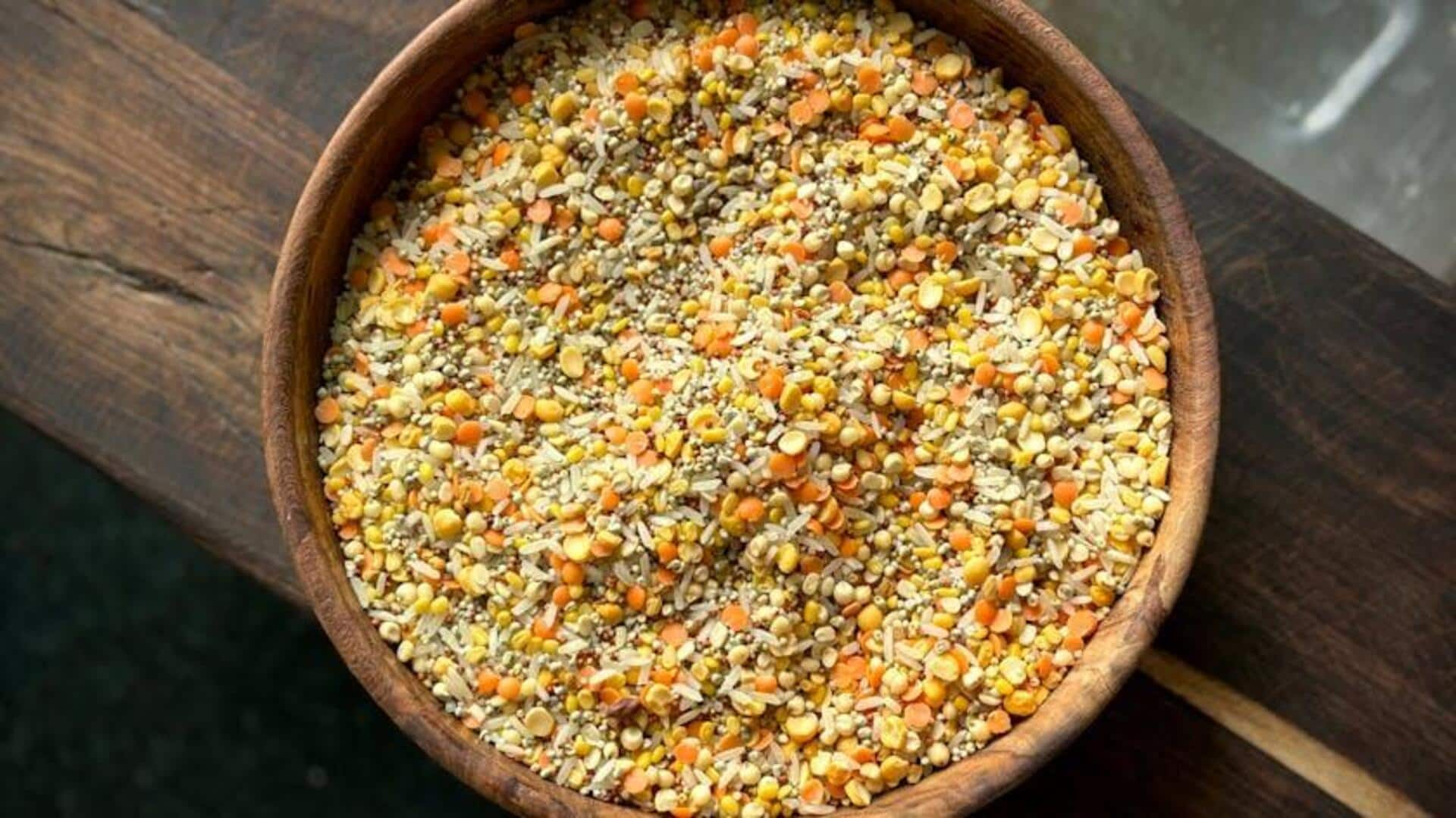
You'll love these millet recipes!
What's the story
A staple grain in numerous African countries, millet is celebrated for its versatility and nutrition. The ancient grain is packed with fiber, protein, and essential minerals. Across Africa, millet is converted into a number of delicious dishes that highlight the continent's rich culinary traditions. From savory porridges to delicious flatbreads, millet dishes provide a unique taste experience worth exploring. Here are five must-try African millet dishes.
Kenyan delight
Ugali: A Kenyan staple
A popular Kenyan dish, ugali consists of maize or millet flour mixed with water to create a dense, dough-like consistency. It is an accompaniment to various vegetable stews and sauces. Traditionally, ugali is eaten by hand, using it to scoop up other foods on the plate. Its simplicity makes it an integral part of many meals across Kenya.
West African classic
To: A West African favorite
To is a staple dish savored in various West African nations, such as Burkina Faso and Mali. It consists of millet flour cooked with water until it becomes a thick smooth paste. To is commonly paired with vegetable or legume-based soups or sauces. The dish's bland taste makes it a perfect accompaniment to the rich flavors of side dishes.
Ethiopian bread
Injera: Ethiopian flatbread
Traditionally made from teff flour, Ethiopian flatbread injera can also be made from millet flour. This spongy bread has a slightly sour taste because of its fermentation during preparation. Injera serves as both plate and utensil; diners use pieces of injera to pick bites of stew or salad placed on top.
Nigerian Treat
Fura: A refreshing drink-snack combo
Fura hails from Nigeria, where it is savored as a snack and drink combo made primarily from fermented millet balls combined with milk or a yogurt-like liquid called nunu (or nono). This combination forms a refreshing drink ideal for hot days while also nourishing due to its high fiber content.
Ghanaian breakfast
Koko: Ghanaian breakfast porridge
Koko specifically refers to a spicy porridge eaten for breakfast all over Ghana, especially by the Hausa communities. They make it with fermented ground millets, cooked slowly over low flame until thickened. It is then flavored with ginger, cloves, pepper, sugar, and salt as per taste, making it a warming and satisfying start to the day.